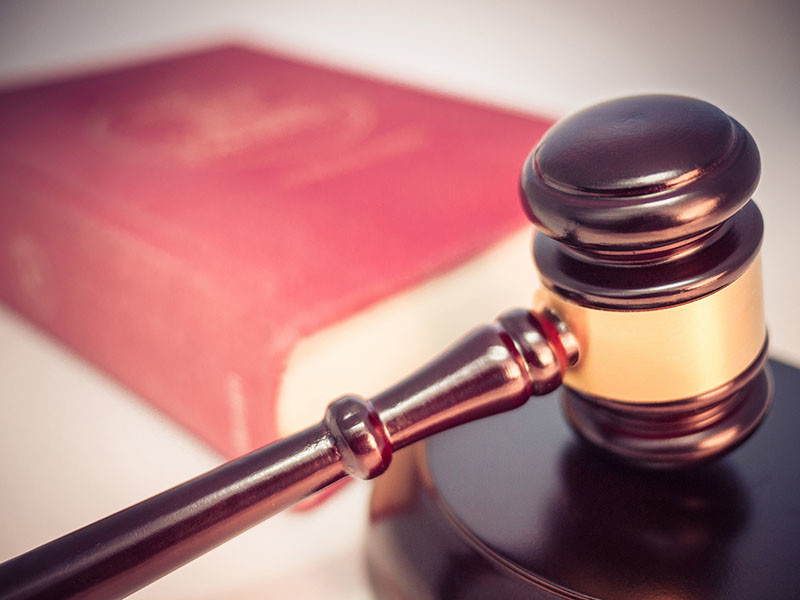Lessons learned from an accident, injury or property damage loss, no matter how devastating, give you a chance to take steps to prevent similar incidents from happening again.
Examples are changes in policy or practices, improvements or alterations to equipment, or repair and design changes to property. Fortunately, the law promotes proactive efforts if they improve safety and prevent an accident from reoccurring.
The Federal Rules of Evidence and similar state laws add further incentive to take such corrective action by preventing such actions from being used against the responsible party. Generally, when steps are taken that would have reduced the chances of an earlier injury or loss, evidence of such “subsequent remedial measures” is not admissible to prove negligence or fault with respect to the accident giving rise to the change. The rationale behind this prohibition to potentially powerful and probative evidence is that public policy should encourage people to take steps to further enhance safety and mitigate future chances of harm or loss. Thus, fixing a condition or making a change to a place or thing cannot be interpreted as an admission that these were deficient prior to the change.
However, the “subsequent remedial measures” rule does not provide for the exclusion of evidence of post-accident changes in all situations. Evidence of an after-the-fact remedial change can be used for other reasons, such as establishing control over the property or equipment at issue, the feasibility of eliminating the cause of an accident or loss, and to acknowledge a duty to take care of certain safety measures if the party responsible for such actions claims that it could not have done anything beforehand to prevent the harmful event. Evidence of a subsequent remedial measure can also be offered to impeach the testimony of a witness who might argue that the pre-existing condition was appropriate or otherwise not a factor in causing the accident, injury or loss.
The scope of the subsequent remedial measure rule may vary by state but is a generally available in state and federal cases as a powerful tool to keep out otherwise damaging evidence in most civil litigation. In essence, this policy-driven limitation on otherwise probative evidence is designed to prevent good deeds from being punished.




